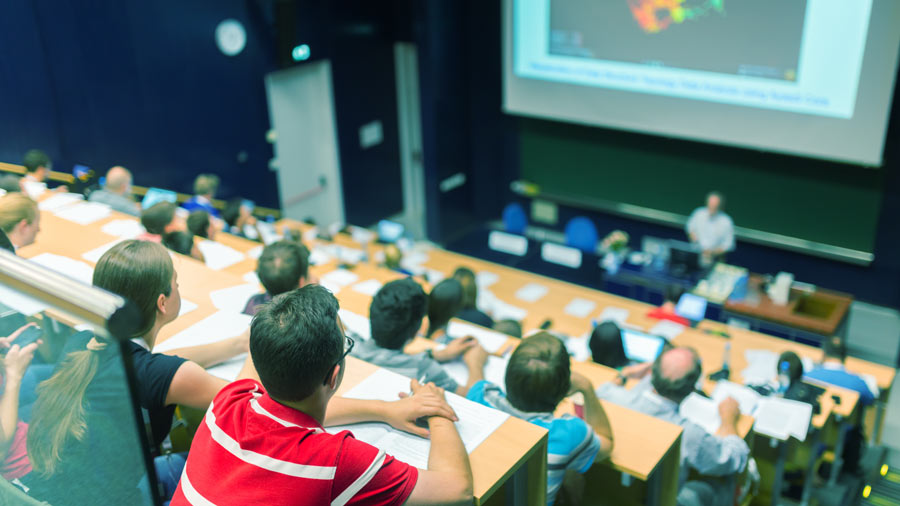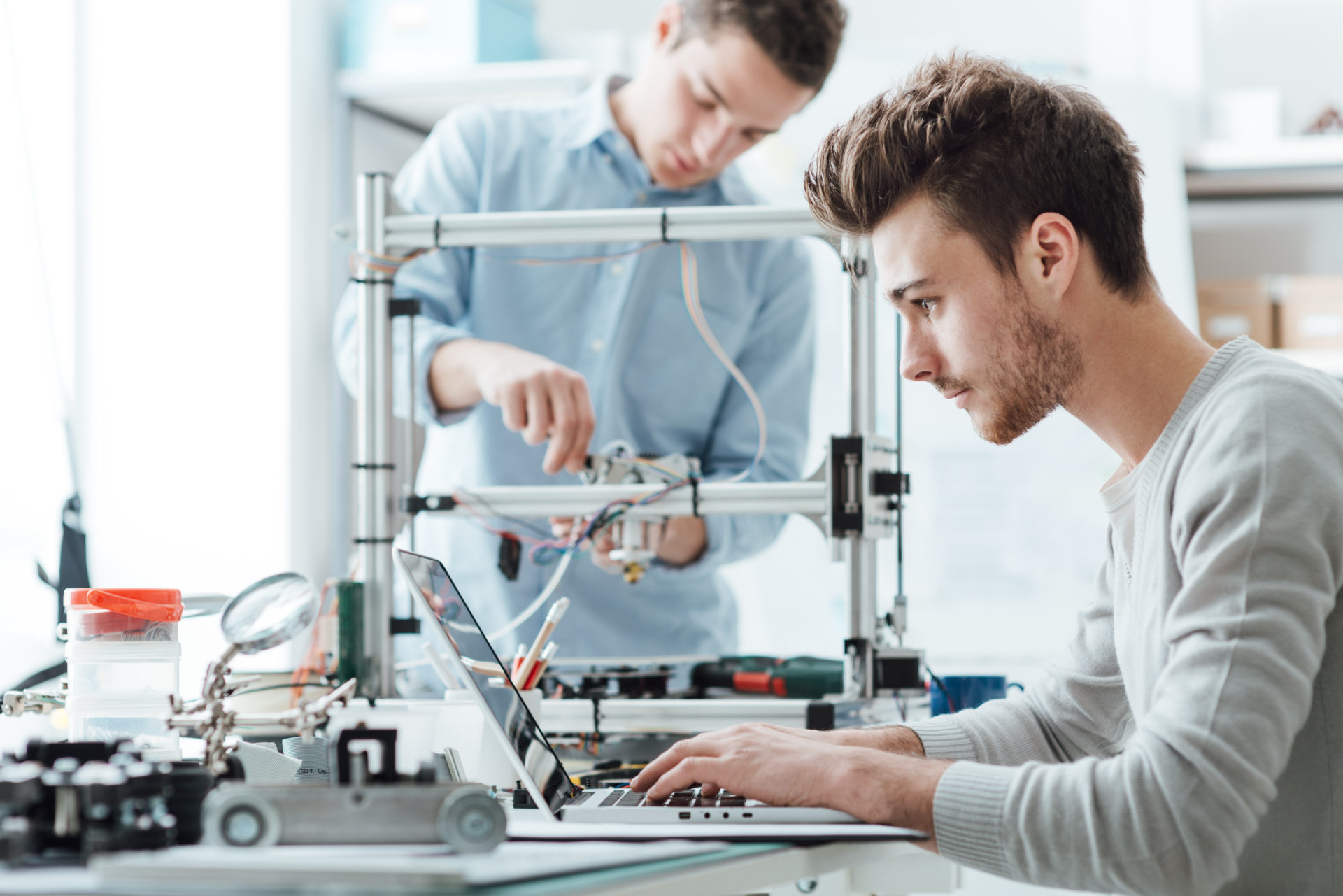Engineering programs running in major universities of the world found it difficult to perform
experiments online during the Covid-19 outbreak. The theory portion of most programs was
conducted online [1]. However, for lab sessions, no alternative was found. The students were
asked to physically appear in labs in smaller groups and in different time slots in order to
reduce the spread of infection. To administer the lab component of engineering courses
online, it was anticipated that a new integrated environment will be required for remote
experimentation. The goal of this endeavor is to create a digital twin of each lab experiment
using online apps, augmented and virtual reality (AR/VR), interactive movies, and problem-solving sessions to encourage critical thinking [2].
The digital 3D representation of a machine in such virtual engineering labs (VEL) accurately
depicts the behavior of the machine. A lab engineer or instructor might oversee the students’
real-time engagement with the virtual plant model or robotic arm models and provide rapid
feedback [3]. The hardest part of the remote lab scenario is assessing and improving a
student’s psychomotor abilities.

Figure 1 3DOF helicopter lab metaverse in Control Engineering Course
Figure 1 3DOF helicopter lab metaverse in Control Engineering Course
Since lab work is regarded as an essential component of engineering education, it is important
to take into account the possibility of an online lab based on digital twin and metaverse
immersion that can deliver the laboratory experience exclusively online using digital replicas
of electrical machines, network analysis, smart grid, control systems, fluid mechanics,
thermodynamics, flight dynamics, and turbo machinery laboratory experiments.
For experiments utilizing expensive, high-powered, or delicate equipment, the 3D-based
virtual learning environment in the metaverse for teaching engineering courses can offer an
open and secure learning environment. Working without actually handling any physically
dangerous electrical components is an opportunity. Artificial intelligence (AI) directed
laboratory tasks may be completed without ever being present in a real scenario by
implementing immersive metaverse based engineering laboratories [4]. The cost of building
a lab, which need several comparable test benches for group projects, will be greatly reduced
as a result.
In Fig. 1, a three degree of freedom (DOF) helicopter experiment, which is regarded as one of
the key experiments in realizing a closed loop feedback control system, is shown operating in
a VEL combining a digital twin and metaverse. Such laboratories give educators the
opportunity to design simulated experiences for a greater number of online students while
giving students the opportunity to learn from virtual simulated systems in an interactive, safe,
but entertaining manner. Despite these advantages, VELs are not yet developed enough to
address some of the key engineering skills needed for learning in outcome-based education
(OBE), such as psychomotor skills. This is mainly because the haptic devices needed to
simulate touch in remote labs have technological limitations and are expensive.
The first step is to design a closed-loop simulation in Simulink to improve the stability and
performance of the open loop dynamics. Students then apply this controller to the digital twin
by interacting in the VR environment. Through remote or virtual access to the helicopter, they
can verify their simulation designs on the lab equipment by using Simulink Desktop RealTime™. This is achieved through executing the Simulink controller models in real time on a PC
connected to the real test bench as hardware in loop (HIL) simulation. Thus, by integrating
the virtual Lab framework into the present engineering curriculum, students are able to
connect the MATLAB/Simulink models directly to VR devices using automatic code
generation. Using a Microsoft® HoloLens headset, they can further interact with the 3D
helicopter in the augmented reality environment, where it is possible to see the physical
system beside the digital twin, with the provision to adjust controller gains directly in the
virtual environment [3].
In a nutshell, the metaverse augmented lab provides students with a synchronous 3D
environment in which to engage with one another and the digital twin of the experimental
test bench in the distant lab. The Internet of Things (IoT) and a physical plant combined with
the virtual metaverse make up the cyber-physical system that the virtual test-bench refreshes
with status information via communication network providing an effective setup for lab
experiments.
References:
[1] Khan, Z. H., & Abid, M. I. (2021). Distance learning in engineering education: Challenges and
opportunities during COVID-19 pandemic crisis in Pakistan. The International Journal of Electrical
Engineering & Education, 0020720920988493.
[2] Khan, Z. H., & Abid, M. I. (2017). Role of laboratory setup in project-based learning of freshmen
electrical engineering in Pakistan. International Journal of Electrical Engineering Education, 54(2), 150-
163.
[3] Alsaleh, S., Tepljakov, A., Köse, A., Belikov, J., & Petlenkov, E. (2022). ReImagine lab: Bridging the
gap between hands-on, virtual and remote control engineering laboratories using digital twins and
extended reality. Ieee Access, 10, 89924-89943.
[4] De Felice, F., Petrillo, A., Iovine, G., Salzano, C., & Baffo, I. (2023). How Does the Metaverse Shape
Education? A Systematic Literature Review. Applied Sciences, 13(9), 5682.



